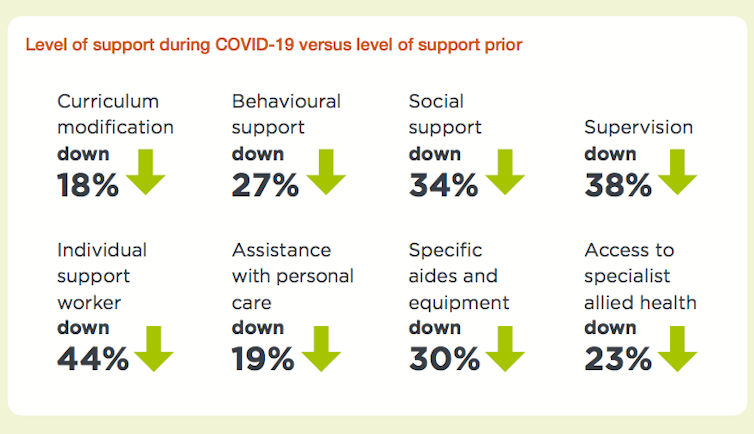OPINION: Only one fifth of school students with disability had enough support during the remote learning period
Only 22% of family members and carers of students with a disability agreed they had received adequate educational support during the pandemic.


